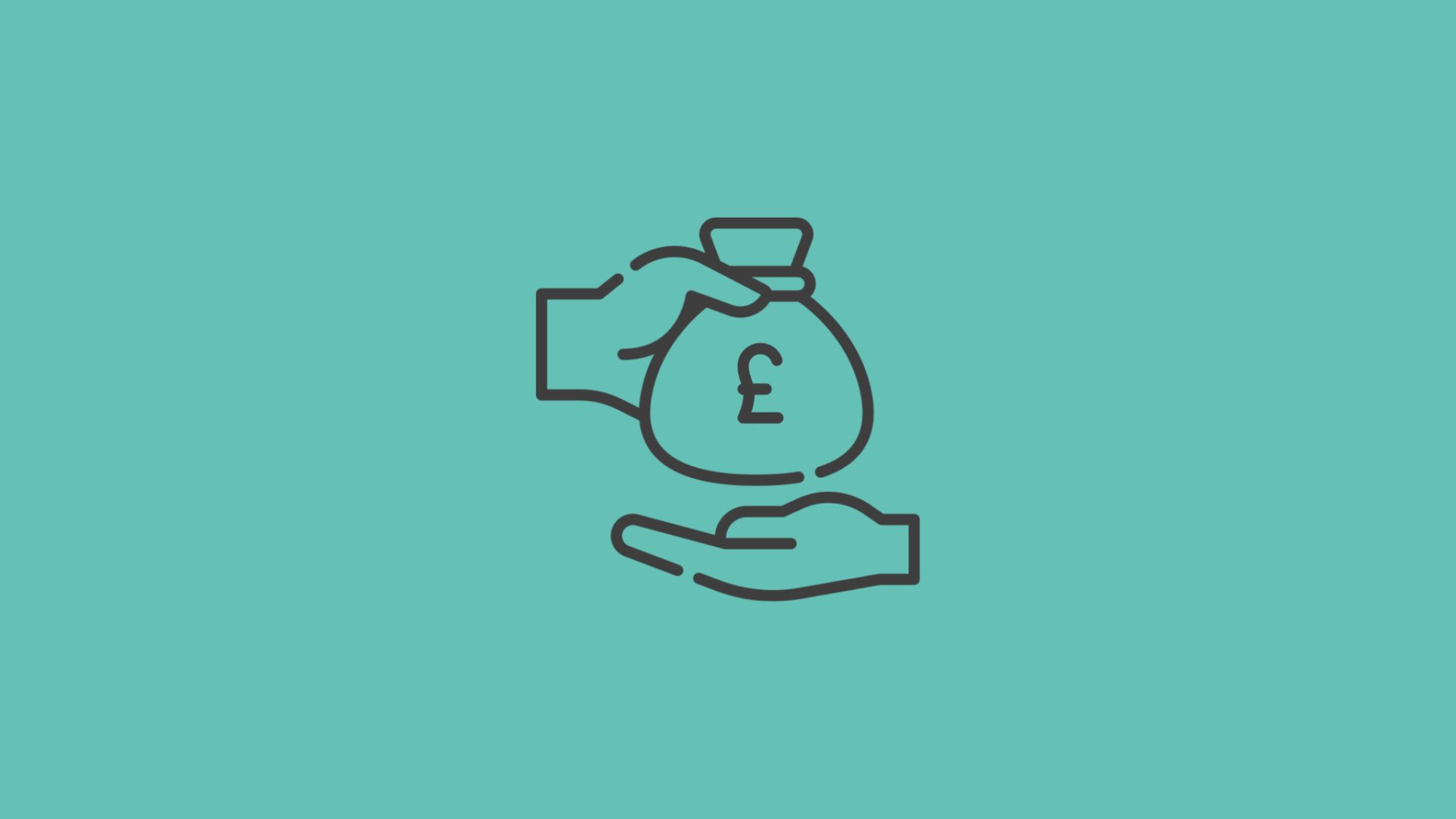

What Is My Startup Valuation, and How Do I Justify It to Investors?
25th March 2023

Author
James Merryweather
Investment Strategist, Robot Mascot
James has almost a decade of experience as an investment analyst at leading UK VC firms and family offices. Having been on the other side of the table – assessing Pre-Seed, Seed and Series A deals – he now uses this insight to craft winning forecasts and investment proposals for our clients.
There are consistent themes and questions asked by almost all our clients when they are putting their fundraising strategy together.
Company valuation crops up very consistently, and it’s important to build a great narrative around, amongst many other things, the potential exit value of your business. Using a financial model will help to show approximately what you think your growth in revenue and profitability will be over a period, usually about five years.
Related: Startup Valuation: Five Ways to Credibly Value Your Startup for Investors
If you’re showing a profit by the end of that financial model, you can approximate what your valuation might be at the end point since you’ll be a mature enough as a business to use generally accepted valuation methods like applying an EBITDA multiple to your final year’s earnings. Even if you’re not profitable, you can probably find a reasonable enough multiple of revenue to apply to your business to get a general idea of its valuation.
So, with a more mature business, figuring out an exit valuation is more straightforward. The subject I’m questioned on more than any other by some distance, though, is what my valuation is today and how I justify it.
If this is your first round of funding, the chances are that you have very few customers and little to no revenue or profit, meaning you can’t just apply the industry-accepted valuation multiple to some KPI of your business. At this stage, valuation is far more art than science.
Tip 1: When calculating your start-up valuation, start with the raise
A pet hate of mine when I was an investor was those who try to apply science to valuing a very early-stage company. Anyone can produce an Excel forecast which shows what a DCF valuation of my start-up is today, but as soon as I stress test your growth rate from 10% month-on-month (m-o-m) best-case scenario to, say, 5% m-o-m, the valuation falls over.
To figure out how you should be pitching your valuation, my advice is always the same: start from thinking about how much cash you need to raise. From here, divide that figure by 15%, and separately divide it again, but this time by 20%. This will give you an approximate range for your post-money valuation (you should know the difference between pre- and post-money valuation if you’re doing this, and if you don’t then this article from Investopedia is fantastic!).
I suggest these percentages since 15% equity is roughly what investors expect to be able to acquire of your business at an early round. I’ve had investor colleagues argue that it’s more like 33% up for grabs, but I’m more in line with Seed Legals, who have written extensively on the subject and close more deals than anyone else in the UK. Their research suggests 15% is the average equity sold in each of the first 3 rounds of funding.
Once you’ve got a rough idea of your post-money valuation, you can compare your business to the countless others on which publicly available information exists (on places like Crowdcube, Seedrs, and Crunchbase). Be critical and ask yourself, “is my valuation really going to fly with investors given what I’ve achieved so far?”.
If you need £500k, our calculations above suggest a post-money valuation range of £2.50m-£3.33m. If you have no customers, no product, and no team, then that valuation won’t go over well. So you might want to consider raising less, as raising little and often can allow you to maintain momentum while keeping valuations within reasonable ranges for investors.
If, instead, you decided that you’d be able to reach your first key milestone with £150k (rather than £500k), your valuation would sit between £0.75m-£1.00m. This is typically going to be more in line with investor expectations.
That being said, in the same scenario with no customers, product, or team but with a great founder and a great narrative, that larger valuation could well be fine and could get you the cash.
As you can see, there are nuances to this – if you’re Mark Zuckerberg with no product, team, or customers then you won’t be asking for a £1.00m valuation, but then, neither would you be reading this article. So for a first-time fundraiser, this guide is a good place to start.
There are always plenty of companies raising online, and although some would argue crowdfunding valuations do not reflect what the market is really like, it’s hard to find a better place to benchmark your company if you’re going through this for the first time.
Tip 2: Be flexible with your startup valuation
A second pet-hate of mine following on from the first one above is to be overconfident and stuck to your valuation, because that’s what the Excel formula says it is on your DCF. You need to be agile and back yourself to justify that you believe your valuation represents a “fair exchange of value” and fits with what else you’re seeing in the market right now. That “fair exchange of value” is always a matter of opinion, but the thing to avoid is being too scientific around your valuation at this stage. It simply should look fair to all parties that your £500k raised is getting the investor their 15%, and you’ll know how fair this is based on your benchmarking of those places like Crowdcube, Seedrs, and Crunchbase.
The investor is going to be looking at the size of the market and the scalability of whatever your platform or service is trying to do, but above all else, they’ll be looking at the strength of the founding team and making a conclusion on how likely they are to be able to execute. Investors know that your company might seriously change direction as time goes by, but if you’re seen as a great team, and the market is big enough to still support huge returns if you pivot in some way, then investors will still be interested.
If you do the above calculations, you can test your ‘target’ valuation in meetings with investors or, better still, those in your network who know funding. You’ll be telling them “I’m letting the market decide” what the valuation is, but if pressed for a figure, I’d go with the simple formula: funds required / 15% = post-money.
The truth is, there is no set way to value a business for an early round, and articles have been written by incredibly experienced people on how to create scarcity in your round to get those valuation mechanics working in your favour. Use them and the logic in this article and you won’t be far off pitching the right deal.
If you would like to learn more, there is a handy guide to the typicaly valuations achieved for various stages of business development in our best-selling book, Investable Entrepreneur. You can get a free copy here.
UP NEXT:
Venture Capital 101: A Comprehensive Guide to Venture Capital
Why the Wrong Type of Startup Advisor Will Kill Your Chances of Raising Investment
Keep up to date with what we’re up to via email






Copyright ©Robot Mascot Ltd. All rights reserved.







